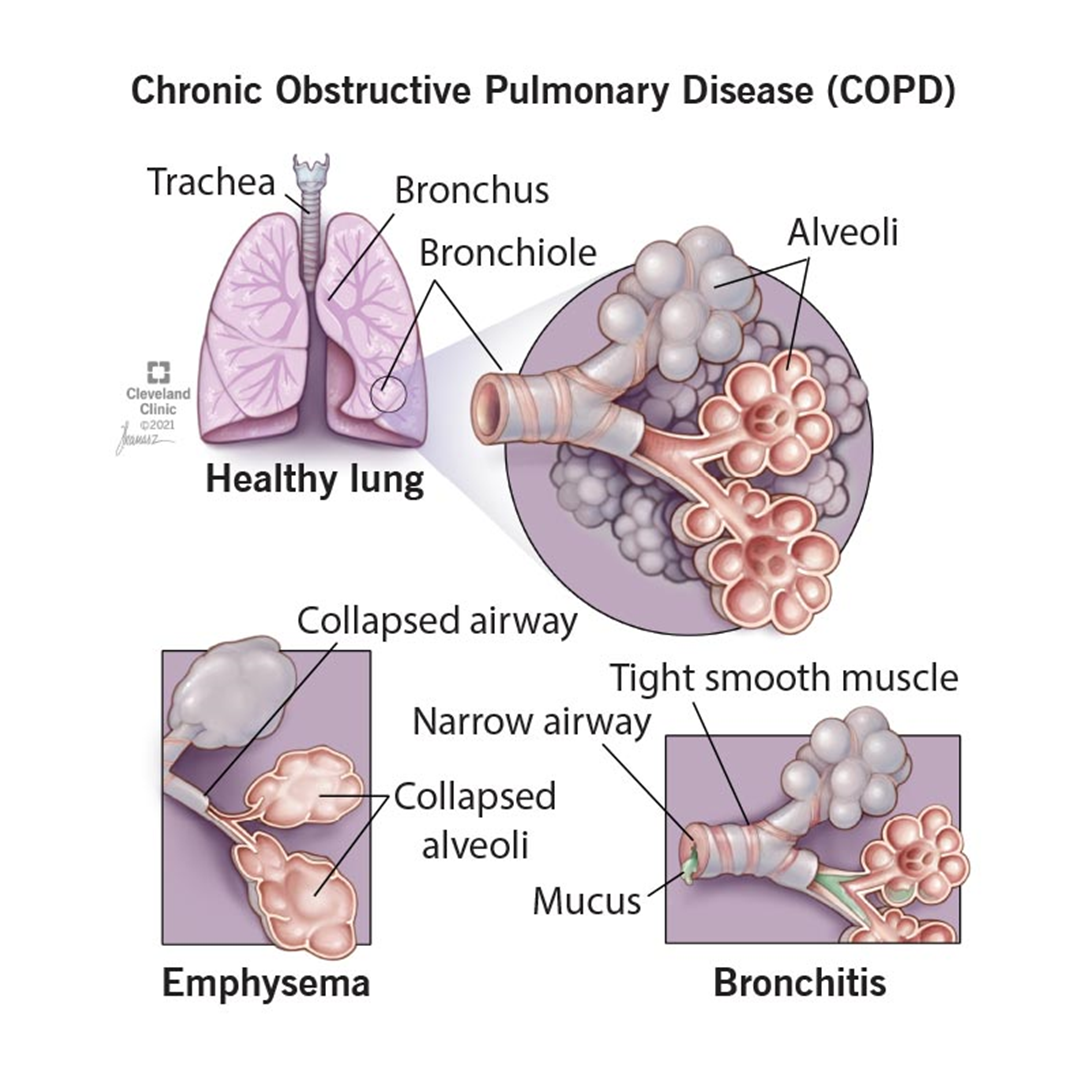A client with a history of anaphylactic reaction to penicillin receives a prescription for cephalexin 500 mg PO twice daily. Which action should the nurse take?
Contact the healthcare provider.
Give with prescribed antihistamine.
Administer the medication as prescribed.
Monitor the client for a rash or hives.
The Correct Answer is A
Choice A Reason:
Contact the healthcare provider: Given the client’s history of anaphylactic reaction to penicillin, there is a potential risk of cross-reactivity with cephalexin, a cephalosporin. Although the risk of cross-reactivity is relatively low, it is still significant enough to warrant caution. Studies indicate that 1-4% of people with a true penicillin allergy may also react to cephalosporins. Therefore, the nurse should contact the healthcare provider to discuss alternative antibiotics or additional precautions.
Choice B Reason:
Give with prescribed antihistamine: While antihistamines can help manage mild allergic reactions, they are not sufficient to prevent or treat anaphylaxis. Anaphylactic reactions require immediate medical intervention, including epinephrine administration. Therefore, relying solely on antihistamines is not an appropriate or safe action in this scenario.
Choice C Reason:
Administer the medication as prescribed: Administering cephalexin without consulting the healthcare provider could put the client at risk of a severe allergic reaction. Given the client’s history of anaphylaxis to penicillin, it is crucial to verify the safety of cephalexin with the healthcare provider before administration.
Choice D Reason:
Monitor the client for a rash or hives: While monitoring for allergic reactions is essential, it should not be the primary action in this case. The priority is to prevent a potential severe allergic reaction by consulting the healthcare provider before administering the medication. Monitoring alone does not address the underlying risk of cross-reactivity.
Nursing Test Bank
Naxlex Comprehensive Predictor Exams
Related Questions
Correct Answer is D
Explanation
Choice A reason:
Rinsing the mouth after each use of an inhaler is a recommended practice, especially for inhalers containing corticosteroids, to prevent oral thrush and other side effects. Although ipratropium is not a corticosteroid, rinsing the mouth can still help reduce any potential irritation or unpleasant taste.
Choice B reason:
Storing the medication at room temperature is appropriate for most inhalers, including ipratropium2. This ensures the medication remains effective and safe to use. It is important to keep the inhaler away from extreme temperatures and direct sunlight.
Choice C reason:
Attaching a spacer device to the inhaler can be beneficial, especially for patients who have difficulty coordinating the timing of inhalation with the activation of the inhaler. A spacer helps ensure that more medication reaches the lungs rather than being deposited in the mouth or throat.
Choice D reason:
Priming the inhaler with 7 pumps is excessive. Typically, ipratropium inhalers require priming with only 2 to 4 sprays before the first use or if the inhaler has not been used for a few days. Over-priming can waste medication and may indicate that the client needs additional instruction on proper inhaler use.

Correct Answer is B
Explanation
Choice A Reason:
Notifying the healthcare provider of the contraindication to tetracyclines is not necessary in this context. Doxycycline, a type of tetracycline, is commonly prescribed and does not have a direct contraindication with birth control pills. However, the nurse should be aware of potential interactions and advise the client accordingly.
Choice B Reason:
Advising the client that the birth control pills will be less effective while taking doxycycline hyclate is crucial. Antibiotics like doxycycline can reduce the effectiveness of hormonal contraceptives, increasing the risk of unintended pregnancy. The client should be informed about this interaction and advised to use an additional non-hormonal method of contraception, such as condoms, while taking the antibiotic and for a short period after completing the course.
Choice C Reason:
Instructing the client to take the two medications at least two hours apart is not relevant in this case. The interaction between doxycycline and birth control pills is not related to the timing of administration but rather to the potential reduction in the effectiveness of the contraceptive.
Choice D Reason:
Encouraging the client to stop taking birth control pills until she has finished taking all the doxycycline hyclate is not advisable. Stopping birth control pills can lead to a disruption in the contraceptive regimen and increase the risk of unintended pregnancy. Instead, the client should be advised to use an additional method of contraception.
Whether you are a student looking to ace your exams or a practicing nurse seeking to enhance your expertise , our nursing education contents will empower you with the confidence and competence to make a difference in the lives of patients and become a respected leader in the healthcare field.
Visit Naxlex, invest in your future and unlock endless possibilities with our unparalleled nursing education contents today
Report Wrong Answer on the Current Question
Do you disagree with the answer? If yes, what is your expected answer? Explain.
Kindly be descriptive with the issue you are facing.
